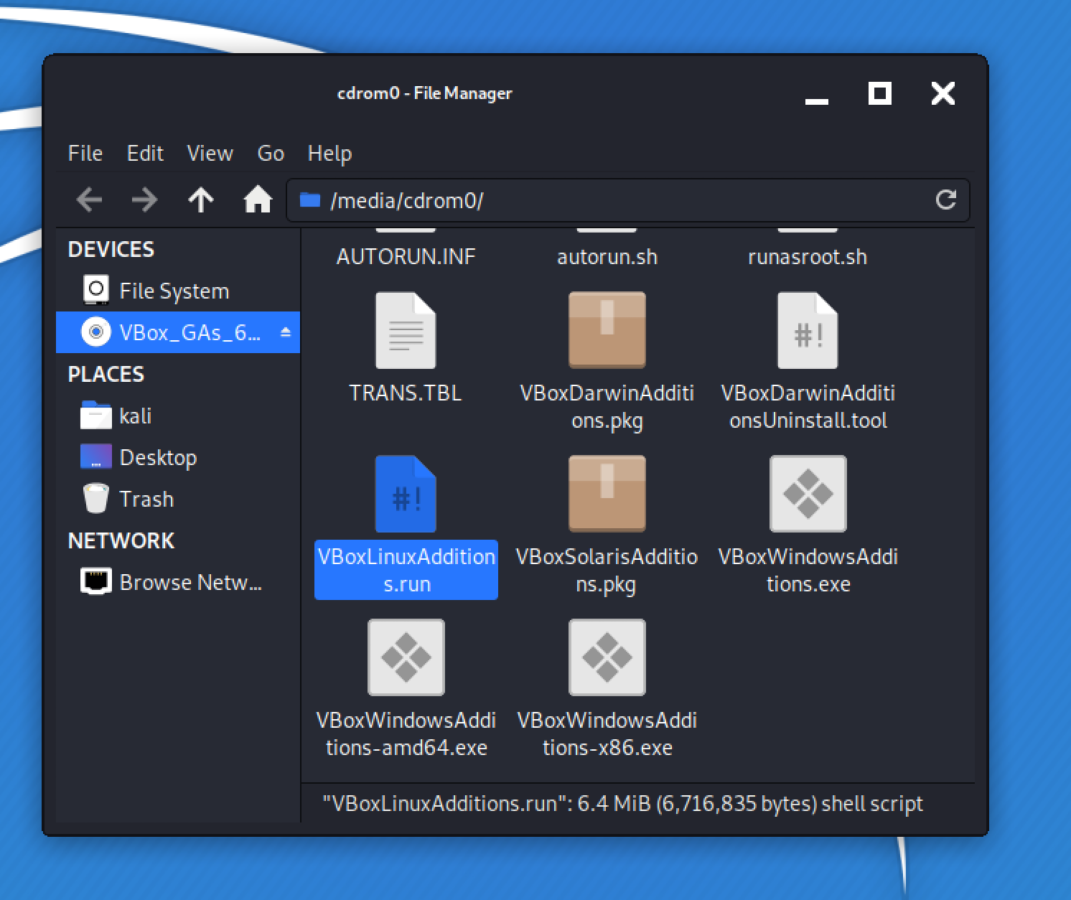

- #Vitual mac on linux for free
- #Vitual mac on linux install
- #Vitual mac on linux serial
- #Vitual mac on linux software
- #Vitual mac on linux password
The virtual machine may be upgraded to the latest macOS Big Sur (11) and macOS Monterey (12) versions through Software Update. Some CPU models released in 2020 and later may fail to start or complete the installer, and may require manually adjusting the CPUID settings.

If the guest macOS boot process hangs on “LoadKernelFromStream”, “EndRandomSeed”, or "EXITBS", see the documentation command regarding VirtualBox CPU profiles and CPUID settings. MacOS guests on VirtualBox are incompatible with some CPU models.
#Vitual mac on linux password
Some features may behave unexpectedly, such as USB device support, audio support, FileVault boot password prompt support, and other features. Unsupported featuresĭeveloping and maintaining VirtualBox or macOS features is beyond the scope of this script. See the documentation command for further information. After the installation is complete, the storage size may be increased. The script by default assigns a target virtual disk storage size of 80GB, which is populated to about 25GB on the host on initial installation. These can be set in EFI and NVRAM by editing the script.
#Vitual mac on linux serial
ICloud, iMessage, and other connected Apple services require a valid device name and serial number, board ID and serial number, and other genuine (or genuine-like) Apple parameters. iCloud and iMessage connectivity and NVRAM The majority of the script is either documentation, comments, or actionable error messages, which should make the script straightforward to inspect and understand. Documentationĭocumentation can be viewed by executing the command. MacOS Catalina (10.15), Mojave (10.14), and High Sierra (10.13) currently supported. Should work on most modern Linux distros.
#Vitual mac on linux install
Macos-guest-virtualbox.sh is a Bash script that creates a macOS virtual machine guest on VirtualBox with unmodified macOS installation files downloaded directly from Apple servers.Ī default install only requires the user to sit patiently and, less than ten times, press enter when prompted by the script, without interacting with the virtual machine. However, you don’t get a feature like Coherence mode, but that’s something not everyone will need.Push-button installer of macOS on VirtualBox Thanks to the gallery of available operating systems, you can also easily set up a new virtual machine and get started.
#Vitual mac on linux for free
It’s available for free on the official UTM website or for $9.99 on the Mac App Store, and it also offers a relatively easy setup for Linux. If you want a free solution to run Linux on the Mac Studio, another option is using an app called UTM. You don’t have to go into the Linux interface every time, which is something you can’t do on Windows. This actually makes it possible to open Linux apps right next to your Mac apps, to the point where you see your Linux apps on the macOS dock.

Another advantage of running Linux in Parallels is that you can use something called Coherence mode. This is actually easier than using Windows on macOS, since that requires you to download a preview version of Windows separately and set it up yourself (plus you’d be stuck running an unfinished version of Windows). Most operating systems are still designed for x86 or AMD64 processors, so you’re probably better off using one of the images made available to you. You may be able to use other distributions, but you’ll need to make sure they offer images for Arm devices, which many don’t. Parallels Desktop actually makes it very easy to run Linux on macOS, since you get the option to download your preferred Linux distribution, with options including Ubuntu, Fedora, Debian, or Kali Linux.

It’s paid software, though, so you’ll have to shell out at least $99.99 for a perpetual license, or $79.99 per year if you want the subscription model. This virtualization software allows you to run Windows, Linux, and other operating systems on macOS, including Apple Silicon Macs. There are some options here, but a great solution is Parallels Desktop 17. If you really want to use a Linux distribution with the Mac Studio, you’re first going to need virtualization software that supports the Arm architecture. Using a VM to run Linux on the Mac Studio


 0 kommentar(er)
0 kommentar(er)
